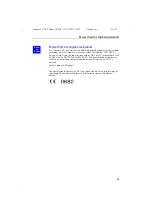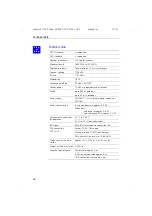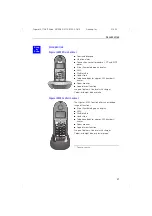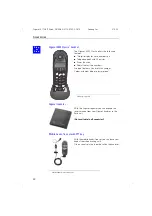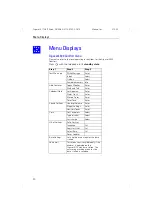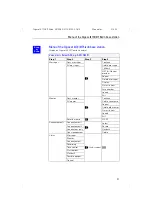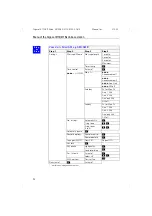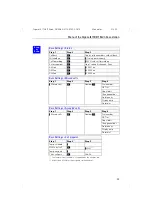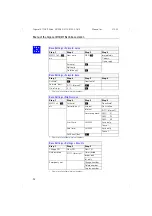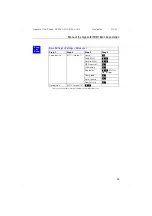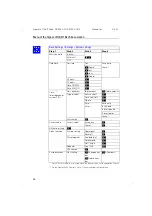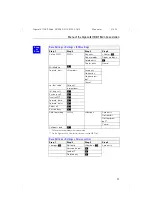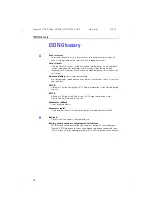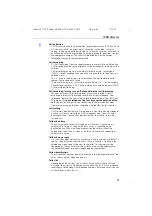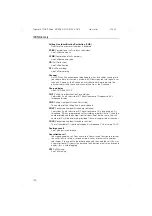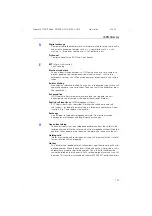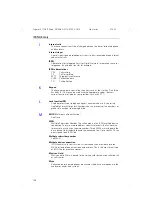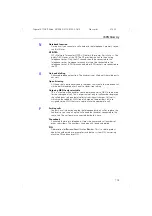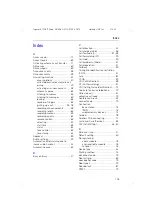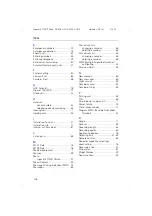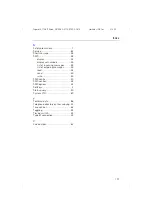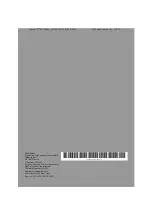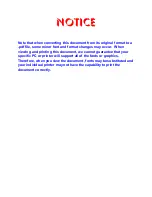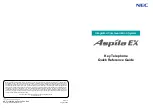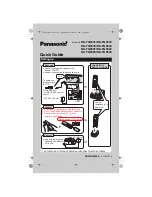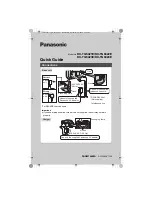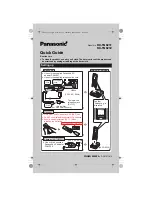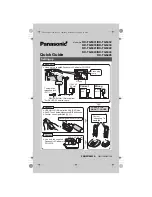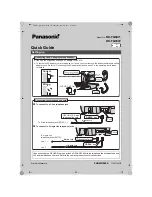
99
ISDN Glossary
Gigaset 4170/4175isdn, A31008-G4170-B100-2-7619
Glossar.fm
21.2.02
C
Call deflection
CD. This must be explicitly enabled by the provider for each ISDN line. With
CD you can transfer an incoming call to another call number while it is
ringing. You do not need to answer the call. Since the caller has no influence
on where the call will be forwarded (to a mobile phone for example), you pay
the appropriate charges. The caller will be billed only for the normal
telephone charges to the number dialled.
Call forwarding
CF (Call Forwarding) You wish to permanently forward calls to a different line.
Call forwarding can be set up externally via the exchange or internally on the
terminal.
Call forwarding can be set up separately for each of your call numbers
(MSNs) - to your mobile phone when you are on holiday, to the office, to a
neighbour, etc.
This is set up in the provider's local exchange. The call therefore never
reaches the line originally called.
There are three types of call forwarding: immediate (CFU, Call Forwarding
Unconditional), on busy (CFB, Call Forwarding Busy) and on no reply (CFNR,
Call Forwarding No Reply).
Call forwarding (via the second B-channel)/internal call forwarding
Whereas external call forwarding takes place in the provider's local
exchange, internal call forwarding takes place at your telephone. Your
telephone forwards the call via the second telephone line of your ISDN line.
This means that
both telephone lines are busy for the duration of the
call
. You pay the charges for the connection to the forwarded number.
However, you save on the fees charged by the provider for this function.
Call waiting
CW Network provider feature. If someone calls you while you are already in
a call you will hear a signal tone. ISDN telephones also signal this with a
display message. You can then decide whether to accept or reject the
second call.
Callback on busy.
The call must have callback activated on his terminal. A connection is
automatically set up as soon as the busy status is cancelled on the
destination line. When the line becomes free the caller will hear the
appropriate signal tone. As soon as he lifts his handset the connection is
automatically set up.
Callback on no reply.
If a subscriber does not answer, a caller can activate automatic callback. As
soon as the destination subscriber has set up a call and is free again the
appropriate signal tone will be sent to the caller. This feature must be
supported by the central office. The callback order will be automatically
cancelled after about two hours (depending on the provider).
Caller identification
The call number, name or type of connection (e.g. exchange/internal) of the
call is shown on the telephone display.
Caller list
Depending on the settings, the list contains the callers whose calls you
missed or the callers to whom you have spoken. The last 20 calls made and
received are stored along with telephone numbers, dates and times. You can
call back directly from this list.

